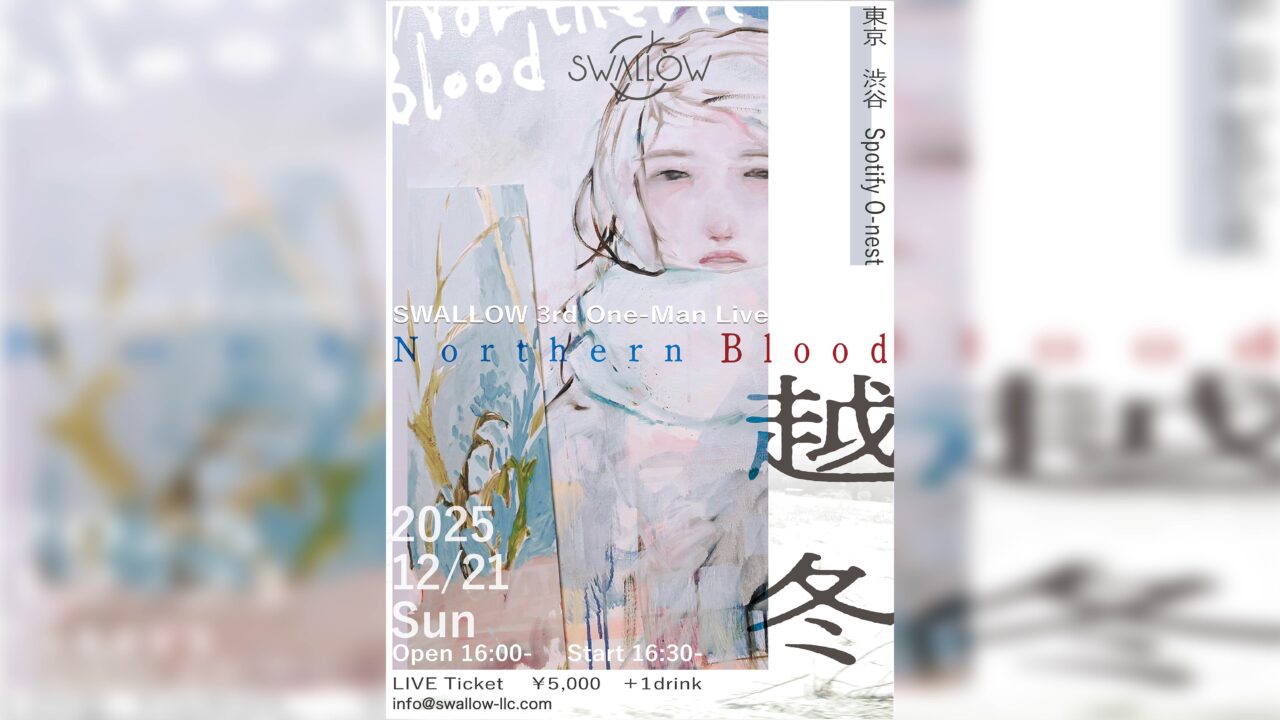INDEX
Discovering the charm of ancient roads through a camera
Celeina: And from there, you began to observe ancient paths as part of your research.
Takano: It means “old road” or “ancient road.
Ogikubo: When I started writing articles about digital cameras, I started going out to take pictures. When I was riding my bicycle on the main road, there was a light truck in front of me that was emitting black smoke, which was bad for my health. To avoid this, I started taking back roads and old roads, and I realized that there were many roads that were very easy to ride and had a certain elegance to them. When I looked them up in libraries, I discovered many things, such as that this was actually the Kamakura Kaido, which I thought was interesting.

Takano: You never know where you will find a clue.
Ogikubo: People think we are doing completely different things, but in my mind, we are connected.
Celeina: The dots are connected to form a line.
Ogikubo: When I was most into bicycles, if I had a meeting in Roppongi, I would definitely come by bicycle. There are many roads that are easy to ride, difficult to ride, and roads that you don’t want to ride on. This is how it gets more and more interesting.
Celeina: Do you still ride a bicycle?
Ogikubo: I am not as strong as I used to be, so I can’t ride for long distances. Recently, I’m into electric bicycles.
Celeina: You brought a lot of books to the studio today.
Ogikubo: Yes, I do. The newest one is called “Discovering Kamakura Kaido Traditions with Old Maps and Topographical Maps,” published by Yamakawa Shuppansha, a well-known publisher of textbooks! Walking the Legend of Kamakura Highway” from Yamakawa Shuppansha, a well-known textbook publisher. I actually walked along the old roads in Tokyo and Kanagawa that have remained since the Kamakura period, and wrote about the roads in Kamakura that existed in the Heian and Kamakura periods. I was saying that if we sold the book in the spring in conjunction with “Kamakura-dono no 13inin,” it would do well, but my manuscript was delayed (laughs). In the book “Edo/Tokyo: Walking the Ancient Roads of Edo and Tokyo: Discovered with Ancient Maps and Topographical Maps”, I wrote about the roads remaining in Tokyo. (Laughs).” In the book, you walk along old roads in Tokyo, comparing them with maps from the Edo period.
Celeina: What is a “tasaro”?
Ogikubo: Yes, I couldn’t convert “tasaro” into the word at once, so I was surprised that it is such a little-known word.
Takano: I was so surprised that it was such a little-known word. This cover is a seven-way street that divides into seven parts.
Celeina: I didn’t know there was such a place in Tokyo!
Ogikubo: If you think about it, you would never build such a place because it would be prone to accidents and difficult to use. But there is a historical background to it.
Takano: Interesting! Where in Ota Ward is the cover located?
Ogikubo: It is located between Kamata and Rokugo, one street east of Daiichi Keihin, and is called Nanatsuji.
Celeina: Do listeners recognize it when they hear it?
Ogikubo: I think everyone in Ota-ku knows it. It’s very famous.
Celeina: It means the road has a history and a reason.
Ogikubo: There are too many roads in Tokyo. I am very happy when I find an old road among them.






















